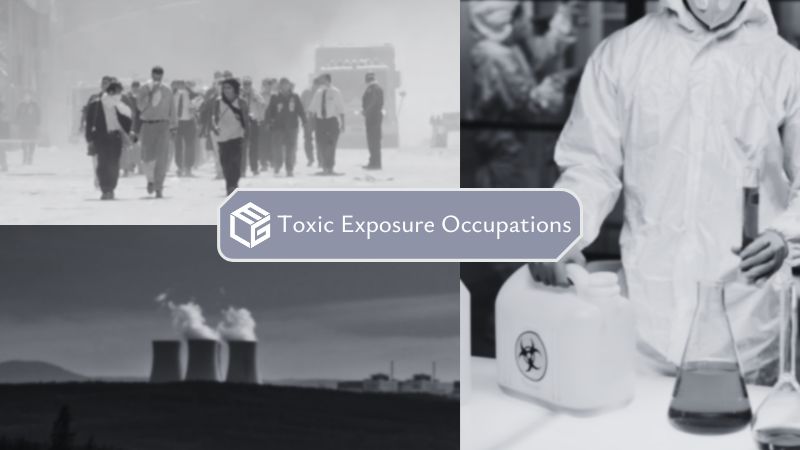-
About »
- Insulin MDL
-
Cases »
- Diseases
- Testimonials
- Government
- Contact
- Get Help Now
-

After the September 11 attacks, contaminated-air and toxic-debris-exposed law enforcement officers at Ground Zero have had devastating health consequences. Throughout the crisis, NYPD, Port Authority Police, and other law enforcement agencies provided security, conducted search operations, and maintained order. Those who responded immediately after the towers fell suffered severe toxic exposure at Ground Zero. It was the first responders who encountered the highest concentrations of airborne carcinogens, while those assigned to prolonged security details accumulated dangerous levels of toxins over time.
On September 11, 2001, thousands of police officers converged on Lower Manhattan to assist with rescue efforts. The environment in which officers worked for months afterward was saturated with asbestos, heavy metals, benzene, and other hazardous chemicals. Many officers received insufficient warnings about the serious long-term health risks they faced, despite visible dust covering everything.
Police officers faced particular dangers during rescue, recovery, and cleanup operations:
One large study reported approximately a 50 percent increase in cancer diagnoses among NYC police in the years following 9/11, with specific rises in malignant brain tumors, kidney cancer, thyroid cancer, and non-Hodgkin lymphoma.
Research shows a roughly 25 percent increased risk of prostate cancer and a doubling of thyroid cancer risk among exposed officers. Leukemia rates are also significantly elevated. Higher particulate and dust exposure at the WTC site was significantly associated with increased lung cancer incidence among responders.
Officers are at high risk of respiratory problems, including chronic rhinosinusitis, asthma, and gastroesophageal reflux disease (GERD). Mental health effects, including post-traumatic stress disorder, depression, and anxiety, are common. The NYPD has confirmed that hundreds of officers died from 9/11-related illnesses, primarily cancers linked to toxic inhalation.
Law enforcement officers who served at Ground Zero and developed qualifying health conditions have the right to seek compensation through the 9/11 Victim Compensation Fund. The attorneys at Environmental Litigation Group, P.C., are dedicated to supporting police officers who protected our city during its darkest hours. With a proven track record in toxic exposure litigation, ELG Law will thoroughly investigate your Ground Zero service history and medical condition to demonstrate the link between your exposure and illness. Our team manages every aspect of your claim, ensuring you receive maximum compensation for the health consequences you now face as a result of your heroic service. You can qualify for compensation from the 9/11 Victim Compensation Fund if you were present at a 9/11 crash site, or in the New York City exposure zone, between September 11, 2001, and May 30, 2002.
If you are suffering from one of the injuries, illnesses, or conditions in the following categories, you may be a candidate: